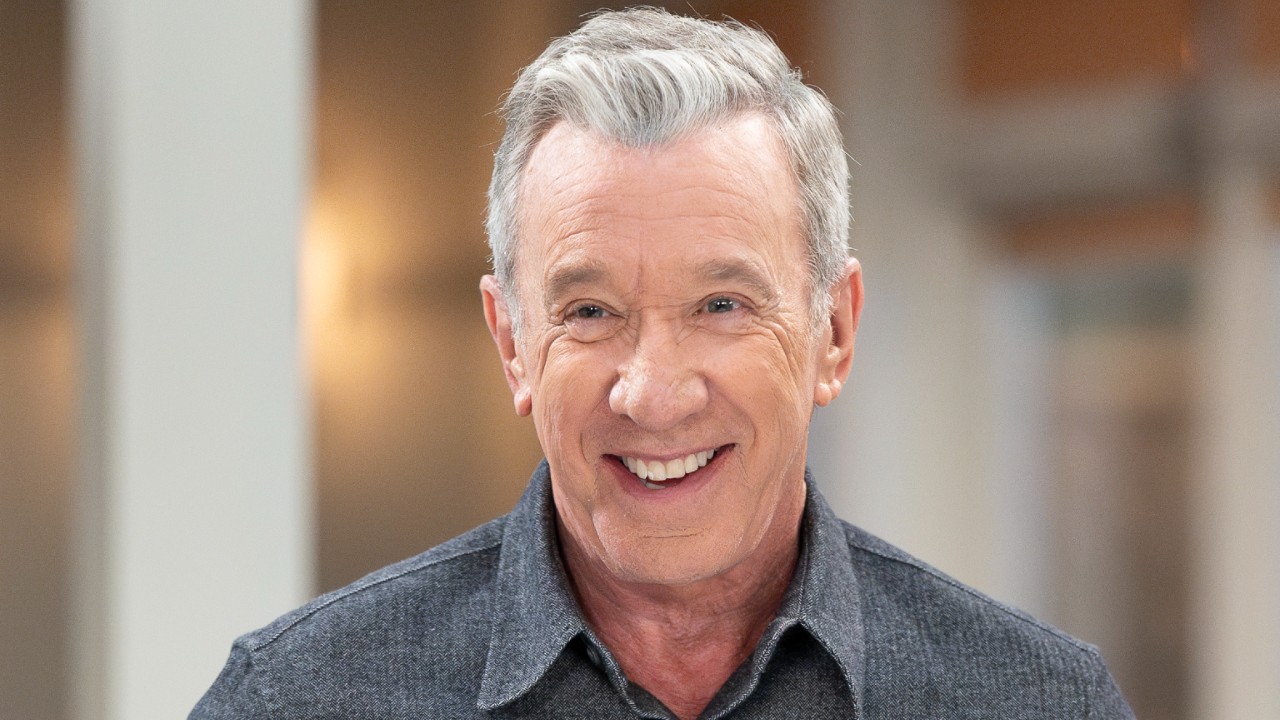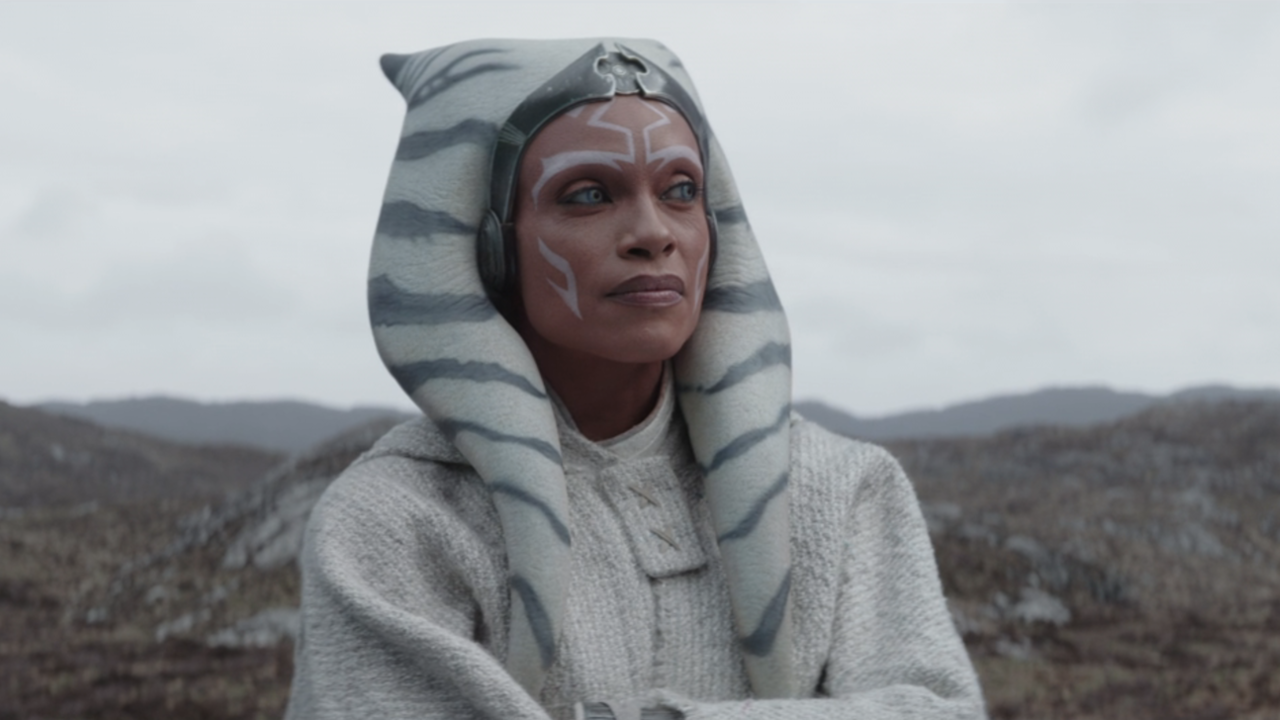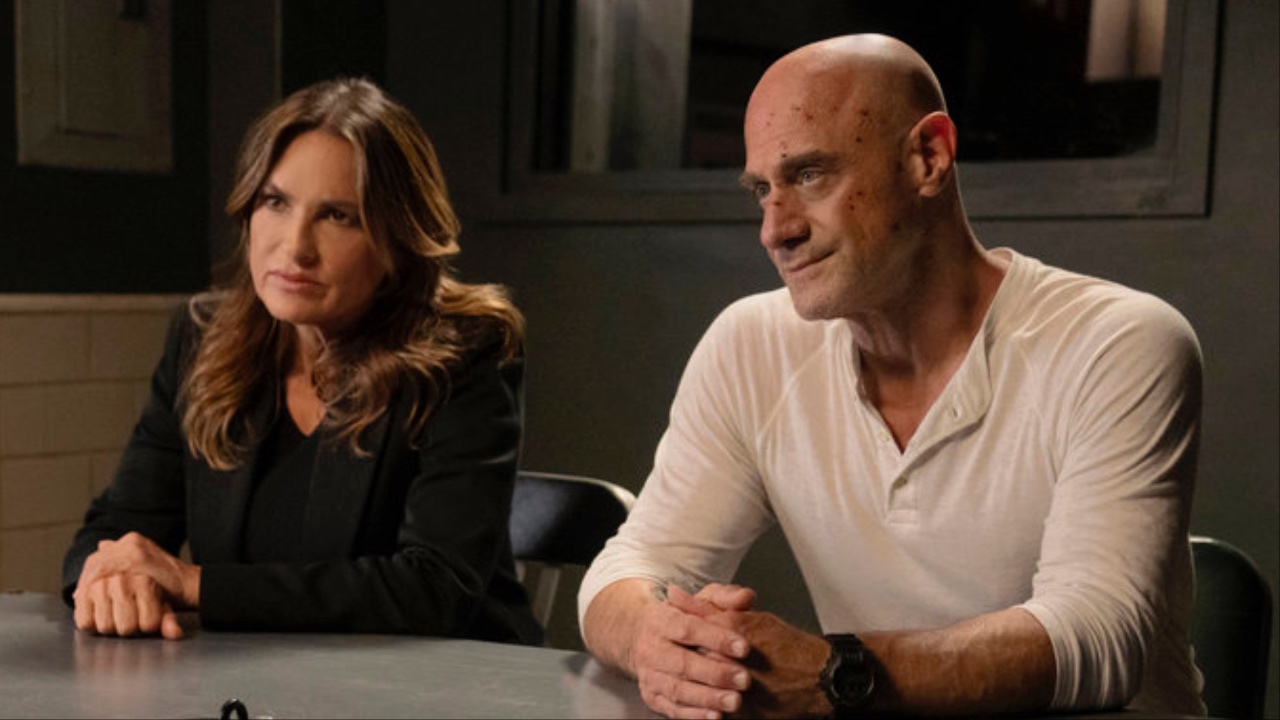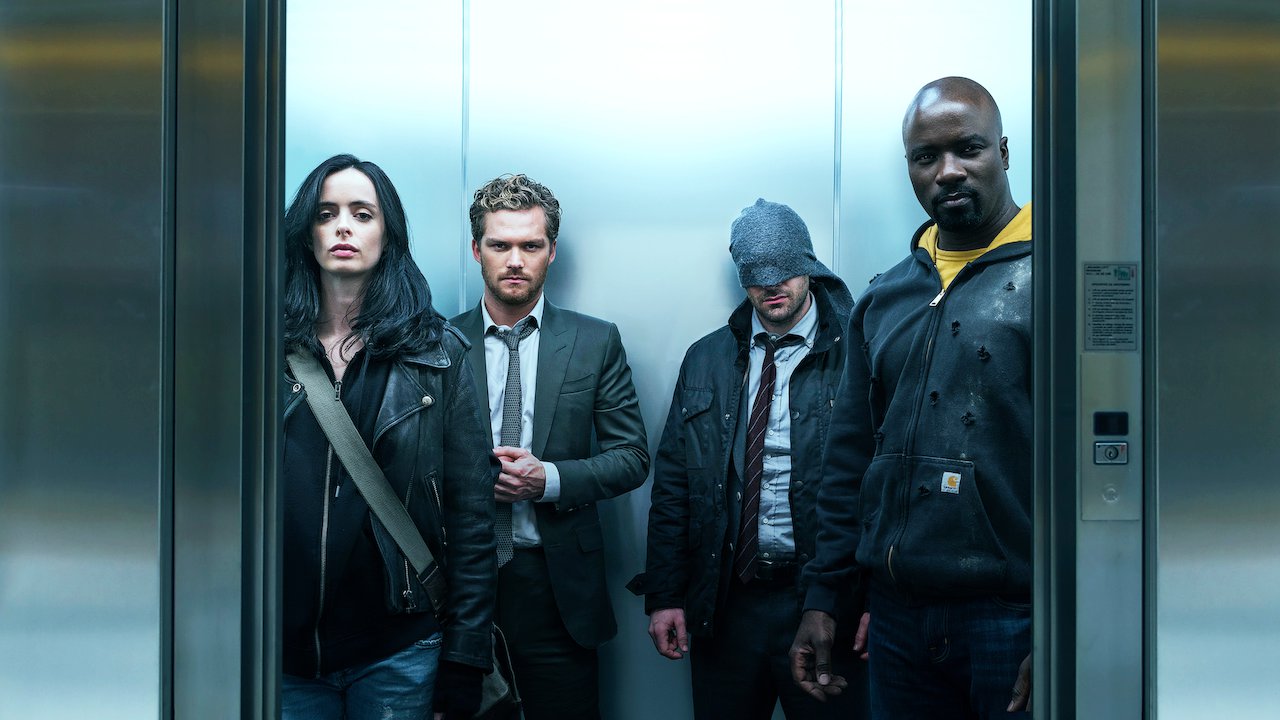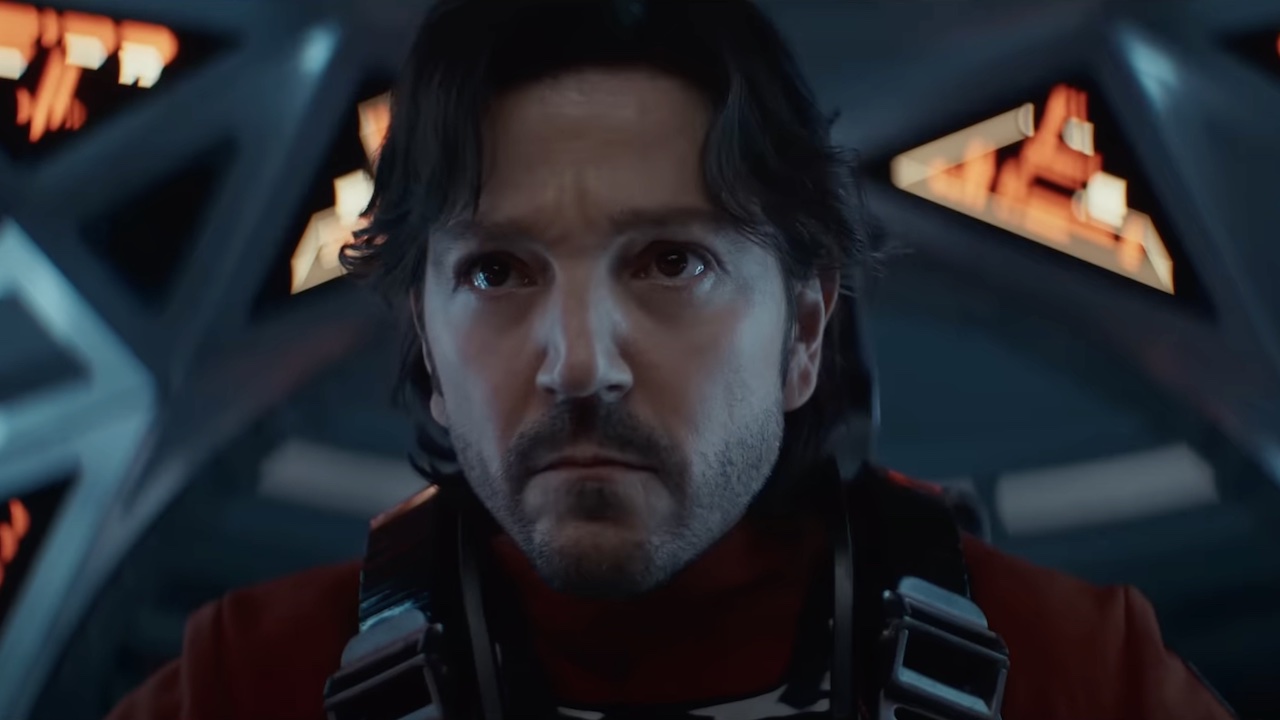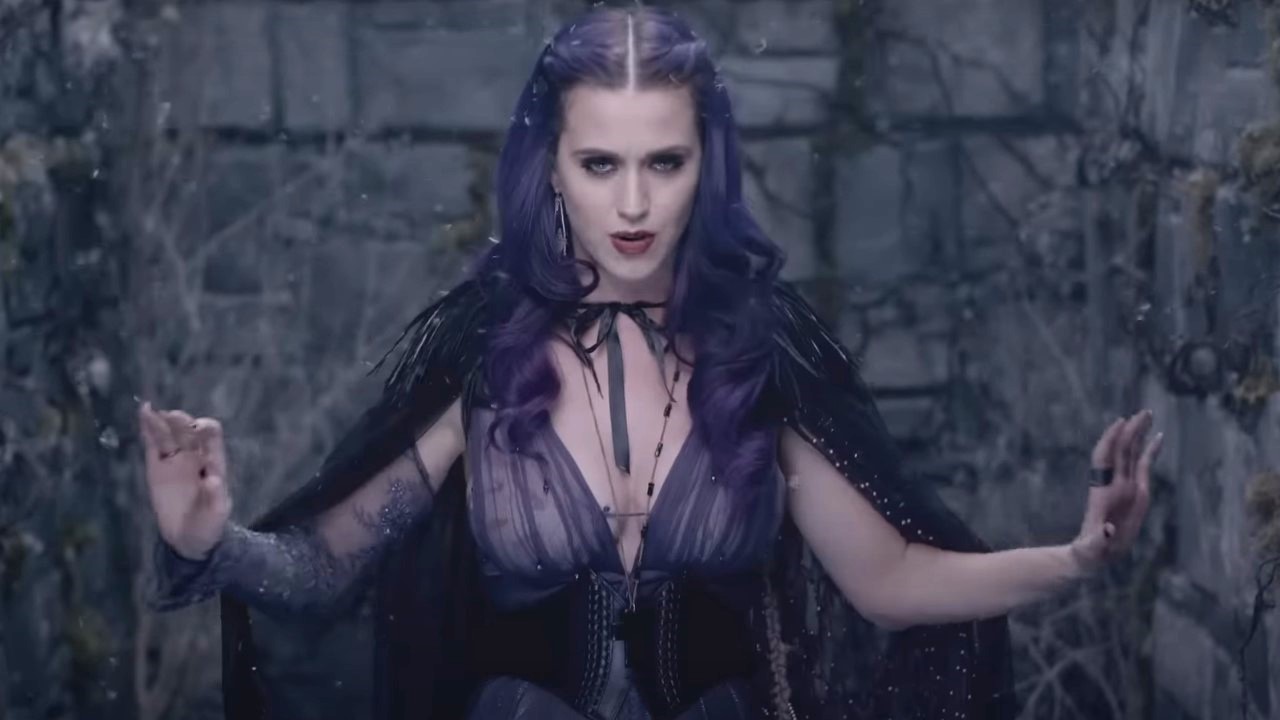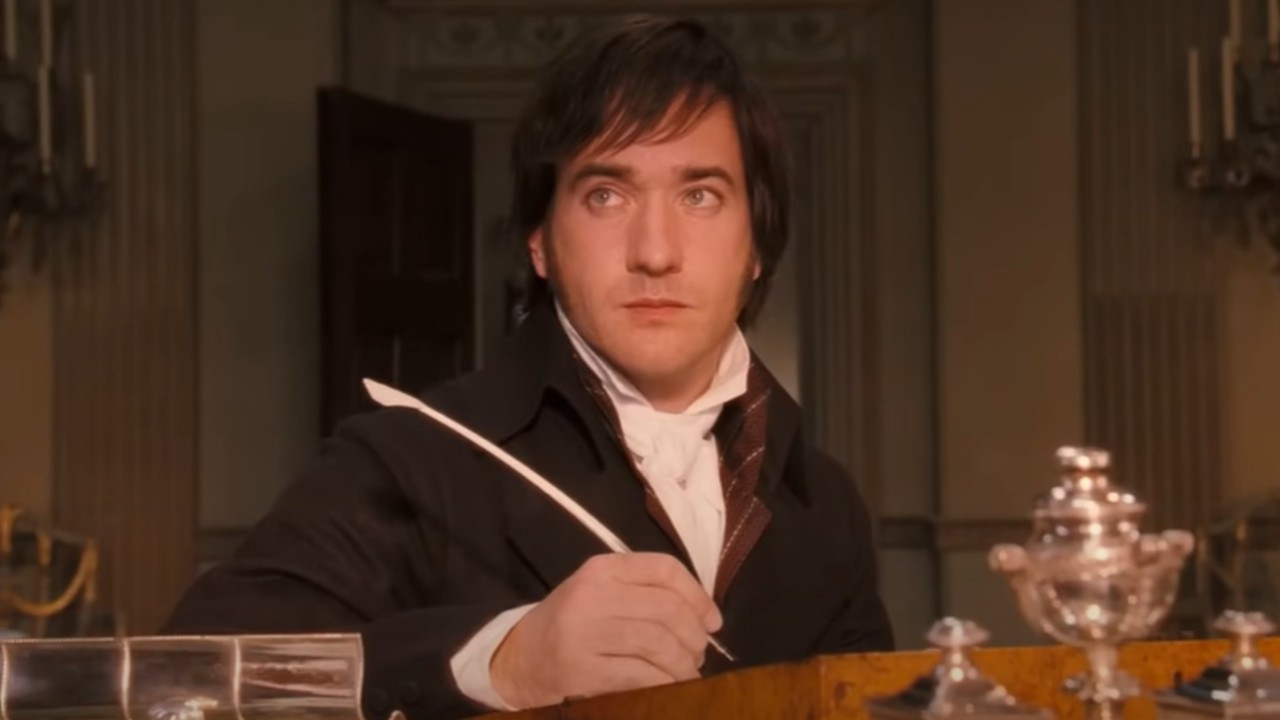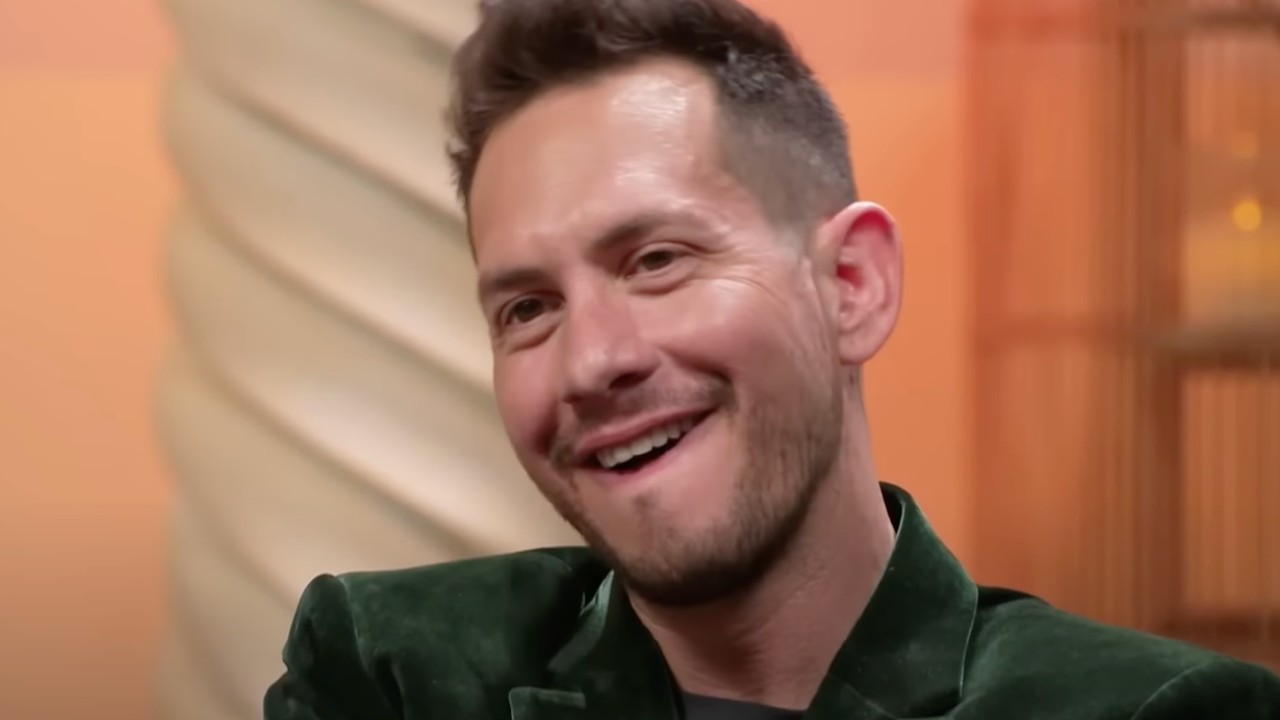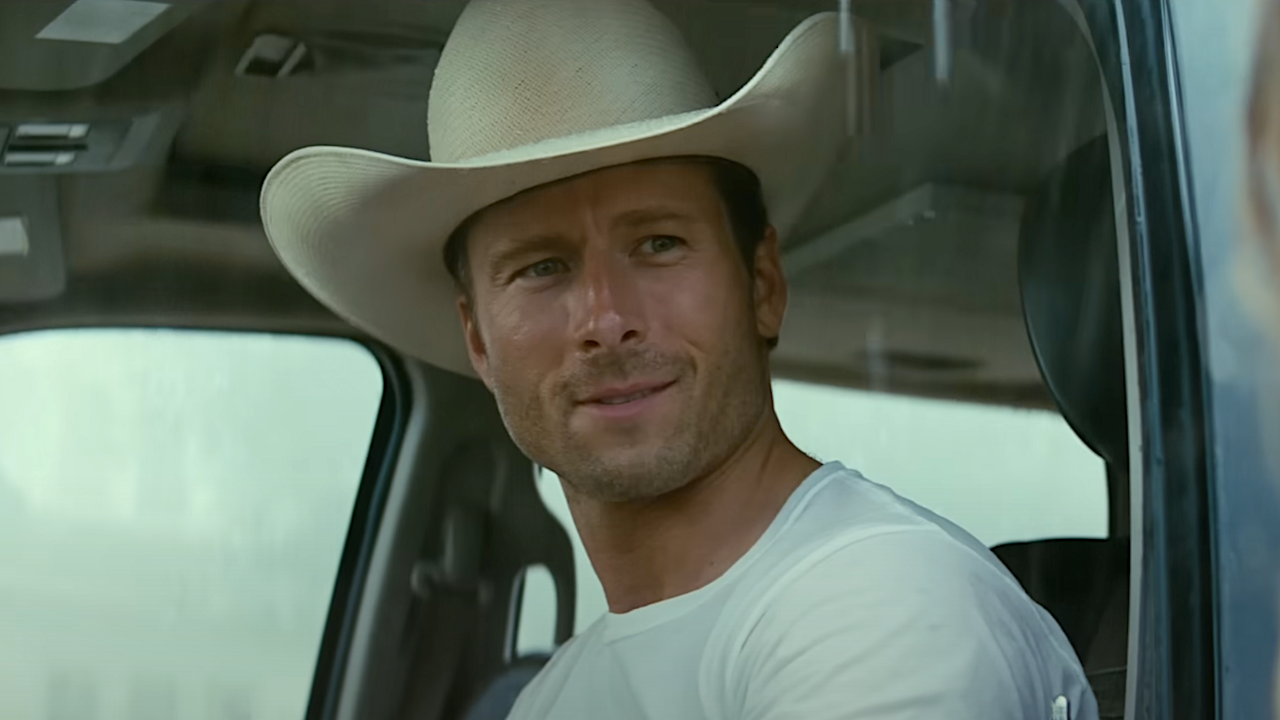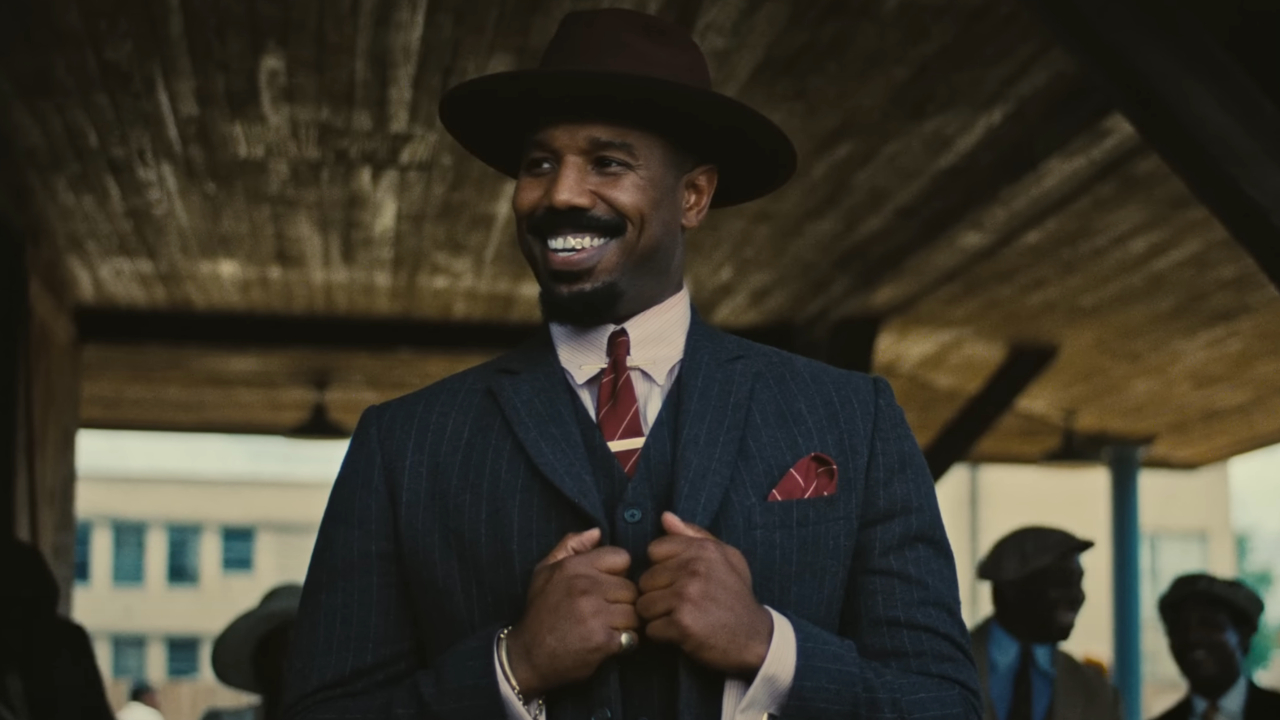Why Mary Poppins Returns Is A Practically Perfect Sequel
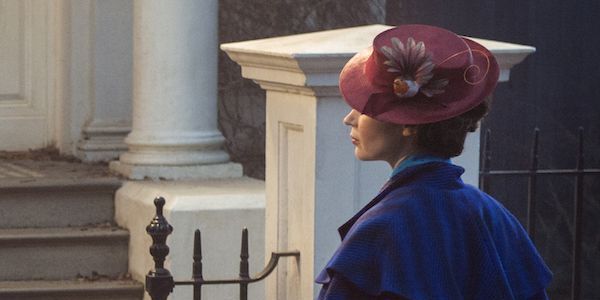
The following contains significant SPOILERS for Mary Poppins Returns.
Disney tried something dangerous when it made a sequel to Mary Poppins, and somehow, it pulled it off. The mere idea of making a sequel decades later to a movie as well loved by fans as Mary Poppins had so much potential to go bad. Anything less than perfection was going to be met with derision. But in my humble opinion, the filmmakers did everything right. They've produced a textbook example of how to make a sequel to such a well-loved movie. Mary Poppins Returns walks a tightrope where it pays homage to the classic that came before, while still being sure that it was its own movie first.
Mary Poppins Returns starts things out simply with a kite and a snowglobe that will look familiar to fans. These are simple nods to the original film that are nice if you recognize them and not distracting if they don't mean anything to you.
Certainly the basic setup of Mary Poppins Returns isn't all that different from that of the original film. Mary Poppins comes in to look after some children when it turns out she's actually there to aid the parents. The children go on a series of adventures, which are, for the most part, unrelated and irrelevant to the larger story.
Of course, that's one place where Mary Poppins Returns does handle things a little differently. The sequel has one thing that the original never did: a villain. Colin Firth plays Wilkins, the manager of the bank where Michael Banks works, who is, in actuality, actively working to take the Banks' family home from them.
We also see that one of the children's' adventures, inside the Royal Doulton Bowl, isn't as unrelated to the plot as it at first appears. Colin Firth also voices the Wolf, who is also actively trying to steal the Banks' possessions.
How exactly all that works, how the Wolf and Wilkins are somehow the same person isn't clear. Let's just call it Mary Poppins magic. But the fact that it's there is a strong departure from the original Mary Poppins formula. The music and the magic are all there to be enjoyed, and the Wilkens plotline isn't a distraction if all you want to do is enjoy the show, but there's no confusion which Mary Poppins movie you're watching.
CINEMABLEND NEWSLETTER
Your Daily Blend of Entertainment News
The original Mary Poppins had no villain. The conflict of that story is almost entirely internal, and it spends most of its time in the background of the film. The sequel sets up a plot with a goal early on, and all the adventures the children go on are, for the most part, at least tangentially related to this goal, even if they get interrupted by big song and dance numbers.
On the topic of the music, let's talk about it. 99% of the music you hear in Mary Poppins Returns Returns is original to the film. However, in a few places, the movie has hidden the strains of some of the classic music into the score. It's only in a few places, so the movie never overdoes it. But when the movie wants to draw a connection between Michael Banks and his father, the music does the work, reminding you of when George Banks stood in that place.
While the musical numbers are all original, they all pay homage to the original Mary Poppins. The most obvious being the Lamplighter number "Trip the Light Fantastic." It's clearly designed to remind you of "Step in Time," the uptempo number starring Bert and the chimney sweeps from the original film. It's the male lead of the film, and his colleagues, who all happen to be dressed in black, performing a blowout song and dance number.
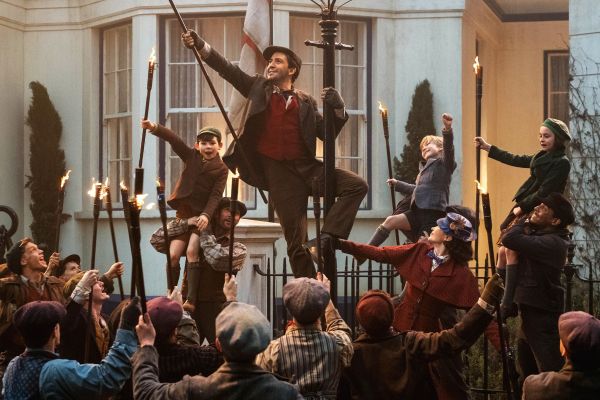
The new song is designed to make you think of the old one, but at the same time, the songs themselves are very different. You'd never mistake one for the other.
The same goes for the most obvious homage to the original Mary Poppins, the animation sequence. Walt Disney was a pioneer in the combination of animated and live action. He was doing it as far back as the 1920s with his Alice comedies. Mary Poppins is by far the studio's most famous use of the technique, at least since nobody can watch Song of the South anymore.
Mary Poppins Returns could have tried to do something entirely different, but they chose to make this sequence animated on purpose. Part of what sets these new scenes apart is simply the evolution of technology in the last 50 years, but there's more to it than that. The animated section of the original Mary Poppins was the most fun and silly portion of the film. Carousel horses jump off the merry-go-round and everybody sings a song about the strangest word you've ever heard.
In Mary Poppins Returns, the new animated sequence will never be confused for the original. It's actually the darkest part of the movie with the Wolf stealing the Banks' family possessions and attempting to make off with them.
And can we talk about the song? Mary Poppins practically performs a burlesque. "A Cover is Not the Book" is the most mature song we've heard between the two films, complete with jokes about sex and nudity. It's so different as to be shocking, but at the same time, it's such a great performance that you can't help but embrace it. It's in this moment that Mary Poppins Returns makes it clear that it's doing something truly different, right in the middle of the part of the movie that is most like the original.
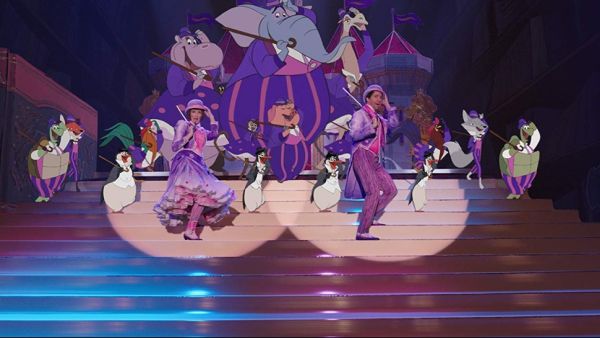
Mary Poppins Returns certainly relies on nostalgia for some of its success. Literally every sequel wants to remind you of what made the original film good enough to warrant a sequel in the first place. The film could have hit that button harder and while it probably wouldn't have received the critical praise that it has, the film certainly would have drawn in the audience and made money.
Now the movie has the critical praise, it's only a question of whether the box office will follow.
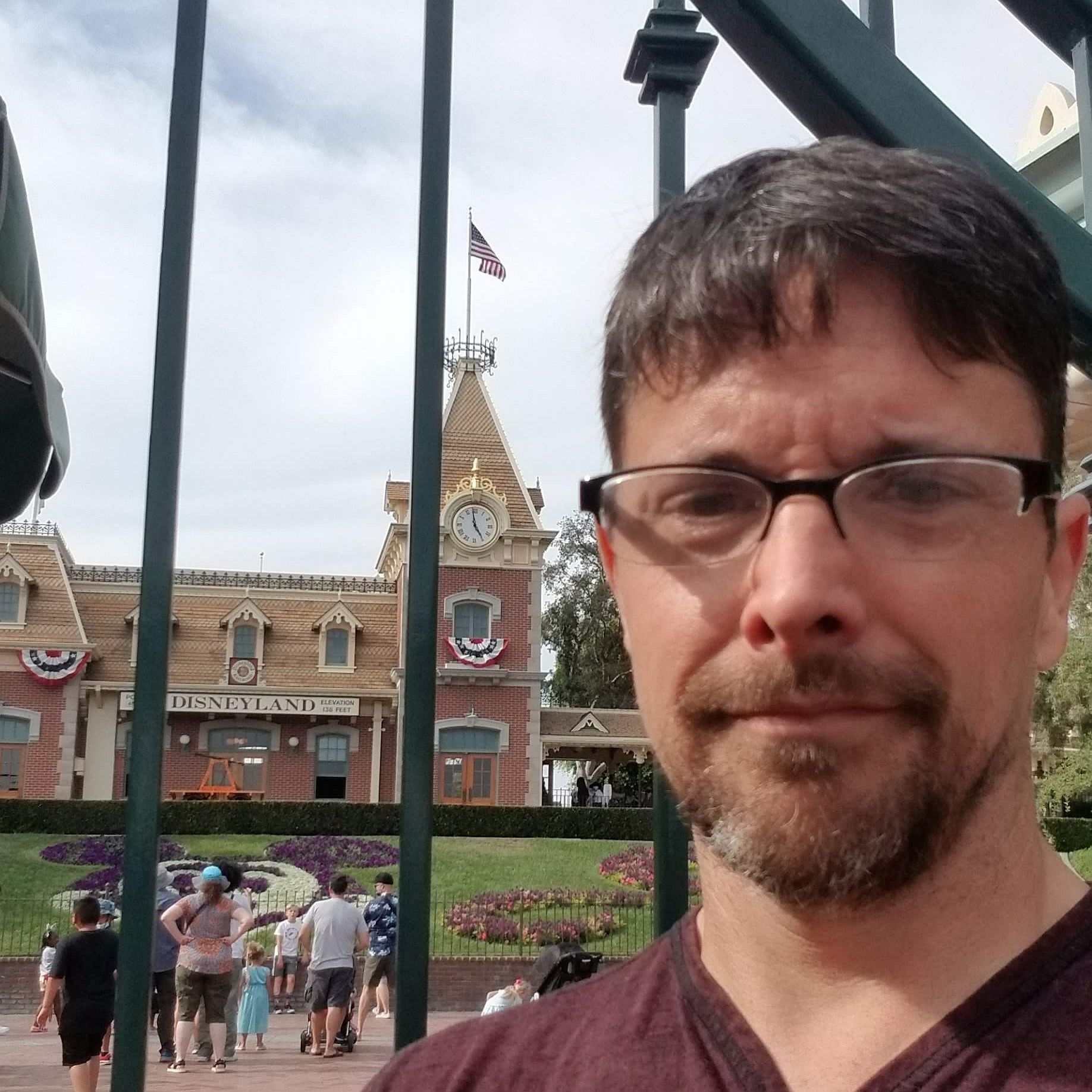
CinemaBlend’s resident theme park junkie and amateur Disney historian, Dirk began writing for CinemaBlend as a freelancer in 2015 before joining the site full-time in 2018. He has previously held positions as a Staff Writer and Games Editor, but has more recently transformed his true passion into his job as the head of the site's Theme Park section. He has previously done freelance work for various gaming and technology sites. Prior to starting his second career as a writer he worked for 12 years in sales for various companies within the consumer electronics industry. He has a degree in political science from the University of California, Davis. Is an armchair Imagineer, Epcot Stan, Future Club 33 Member.
